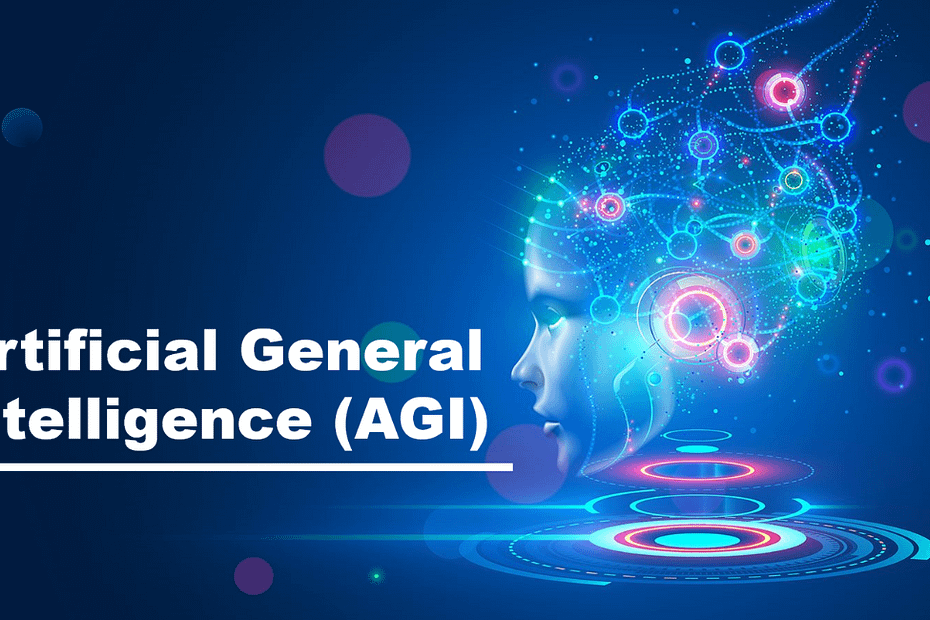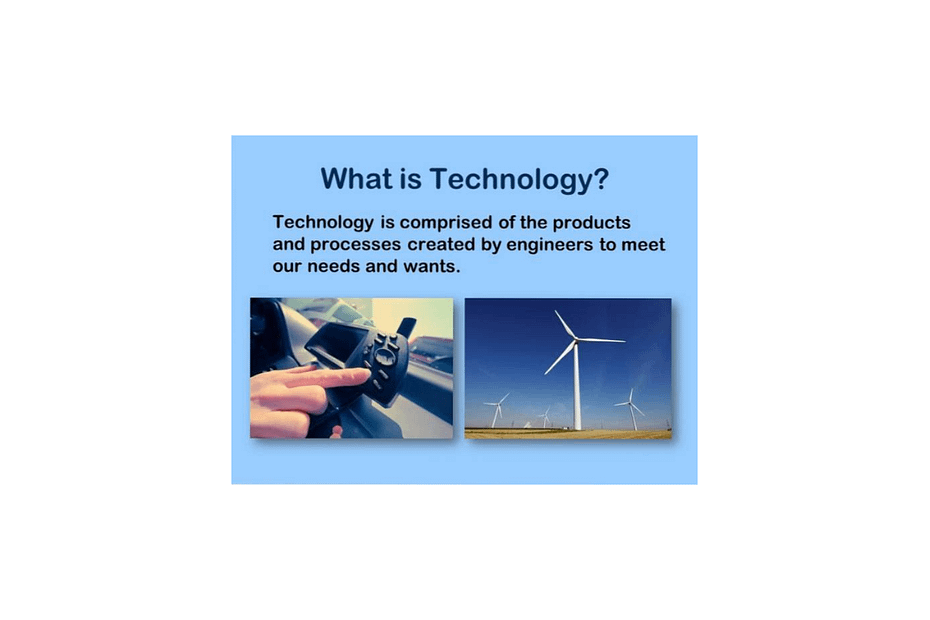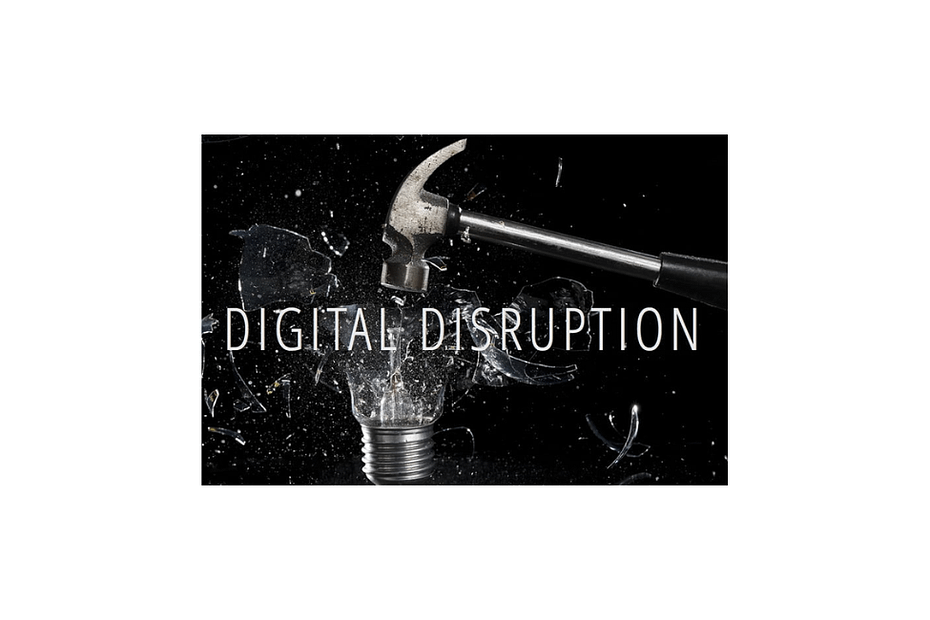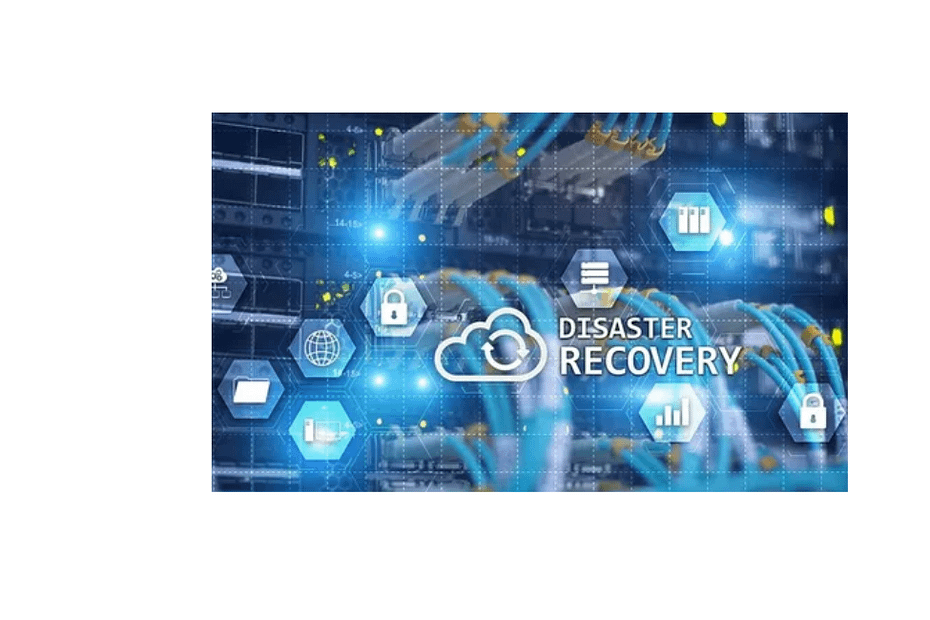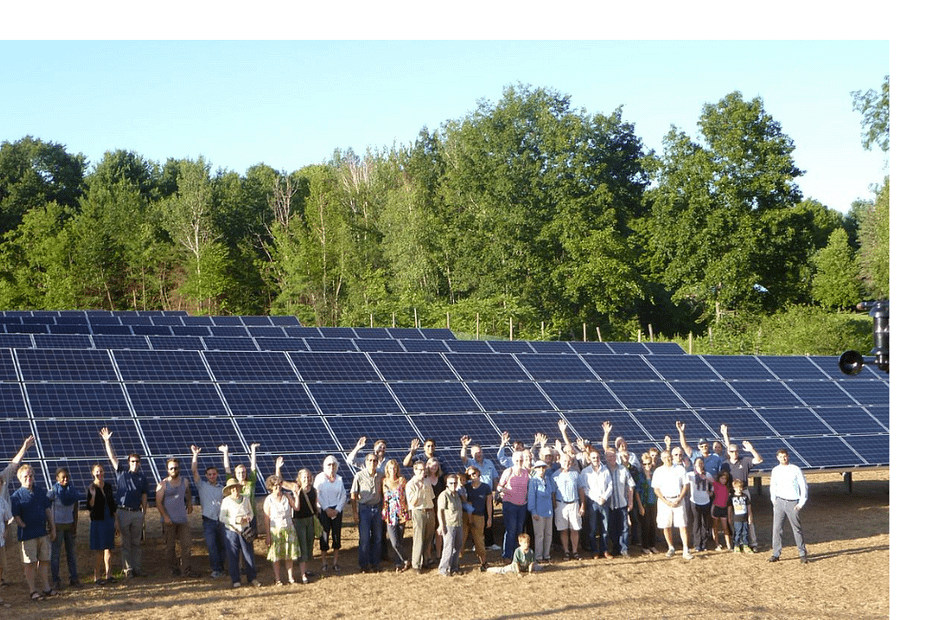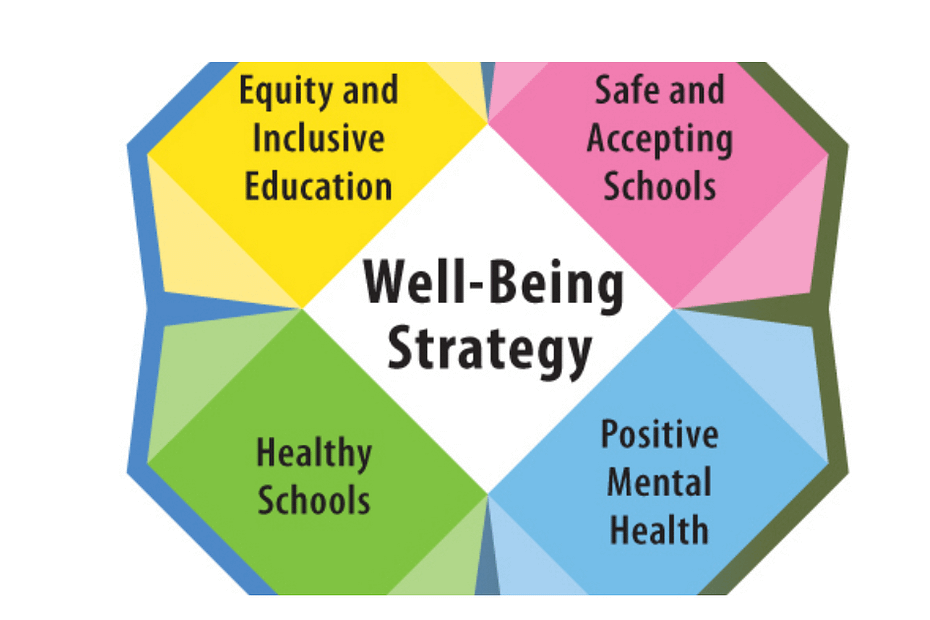Boost Performance with VPS Server Singapore by Hostnetindia
Introduction VPS Server Singapore In today’s world, a VPS Server is most widely used by businesses for their online growth. And for this, it is… Boost Performance with VPS Server Singapore by Hostnetindia
